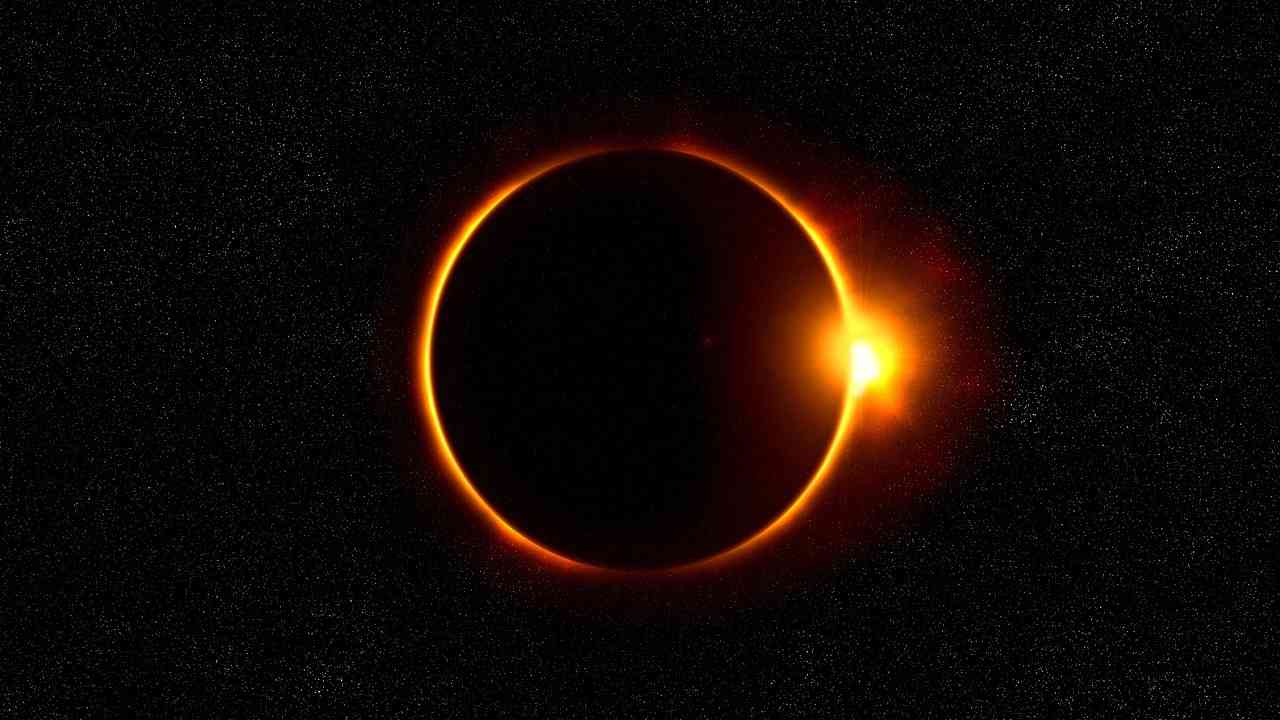Solar Eclipse 2023: The Sun will be completely obscured, or Surya Ghan, on October 14, 2023. Solar eclipses transpire when the moon transits in front of the sun, obstructing its light momentarily. The annular solar eclipse that will occur today is also referred to as the “ring of fire” solar eclipse (“annular” in Latin means “ring-shaped”).
When the moon passes between the earth and the sun at or near its farthest point, an annular solar eclipse takes place. NASA asserts that due to its greater distance from Earth, the moon appears to be a lesser celestial body than the sun, thereby failing to fully obscure the sun. It obstructs the sun’s periphery to the extent that it appears as a ring.
Solar Eclipse 2023: Date, Timings, and How to Watch the Surya Grahan
Today’s solar eclipse will not be perceptible from the Indian subcontinent. It will commence at 11:29 pm IST and conclude at 11:34 pm IST, a duration of approximately five minutes.
The solar eclipse will be observable across significant portions of North America. The eclipse is anticipated to traverse a path that will illuminate portions of the United States, Mexico, as well as various nations in Central and South America.
NASA reports that the annular solar eclipse commences in Oregon at 9:13 a.m. PDT and concludes in Texas at 12:03 p.m. CDT within the United States.
How to watch the solar eclipse
Although the annular solar eclipse scheduled for October 14 will not be visible in India, a NASA livestream will be available on YouTube.
Celestial occurrences throughout October
October 2023 will be an exceptional month due to the occurrence of both a solar and a lunar eclipse. The time between the two celestial occurrences is two weeks. The lunar eclipse that occurs on October 29 will mark the occurrence of the second lunar eclipse of the year.
This month, observers may also be able to observe the Orionid meteor shower. Jake Foster, a public astronomy officer at the Royal Observatory, predicts that the Orionids will reach their highest point of the year between midnight and dawn on October 21 (or October 22 in India), with a maximum of 25 shooting stars per hour.

















